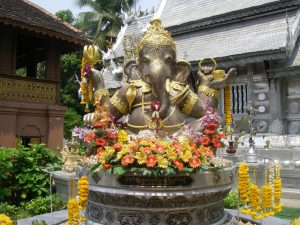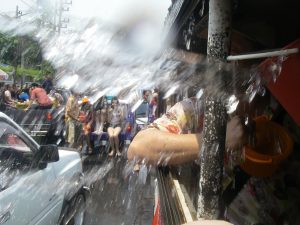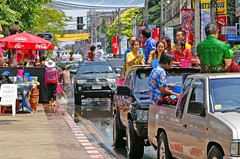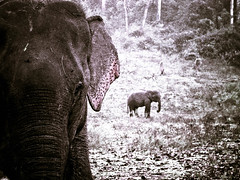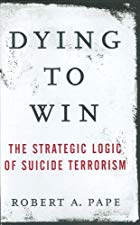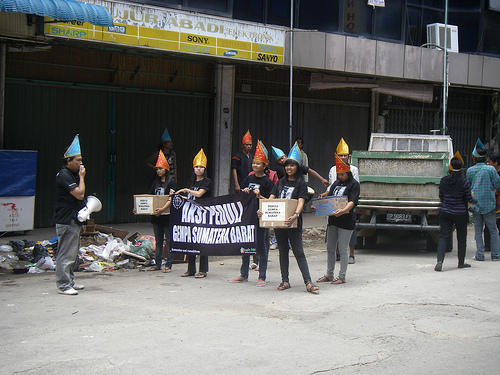The Amplified Bible version of 1 Thessalonians 2:15-16:
Who killed both the Lord Jesus and the prophets, and harassed and drove us out, and continue to make themselves hateful and offensive to God and to show themselves foes of all men,
Forbidding and hindering us from speaking to the Gentiles (the nations) that they may be saved. So as always they fill up [to the brim the measure of] their sins. But God’s wrath has come upon them at last [completely and forever]!
Eddy and Boyd have surprisingly little to say about the often remarked antisemitic tone of this passage:
Likewise, the charge that the perspective of this passage is too “anti-Semitic” to have come from Paul is less than effective. Recently, Jeffrey Lamp has read 1 Thessalonians 2:13-16 in light of Testament of Levi 6 and concluded:
Both the context of 1 Thess 2:13-16 and the comparison with Testament of Levi 6 strongly suggests that the use of generalizing language neither consigns all individuals within the group of “the Jews” to perdition nor implies that all individuals within this group are guilty of any or all points of Paul’s indictment against the group.
[J. S. Lamp, “Is Paul Anti-Semitic (sic*)? Testament of Levi 6 in the Interpretation of 1 Thessalonians 2:13-16.” CBQ 65 (2003): 427.]
(*- the online version of this article has ‘Anti-Jewish”)
That is the total sum of their rebuttal of this point. (This was discussed in the previous post, (4)).
I am curious as to why they bracketed the word anti-Semitic with inverted commas. Do E&B think that the passage is not really antisemitic, or that the accusation is not a serious one? Do they simply profess not to see what others “often remark” upon?
In following up the discussion of this charge through the various articles they footnote, it seems that only one other author, (Simpson), demonstrates a similar hesitation to acknowledge a common observation:
Gentile authors of the Hellenistic-Roman world repeatedly spoke of the Jews as a people which . . . were standoffish and hostile toward other people. Because these statements have been identified with “Gentile anti-Semitism,” their appearance in 1 Thess 2:15 has been regarded as evidence against Pauline authorship of that verse. . . .
The writer of 1 Thess 2:15, for his part, uses ancient Gentile generalizations about Jews because of their suitability to the occasion, because, that is, they . . . link up with the continual sinfulness of “the Jews” . . . . (J. W. Simpson, “The Problems Posed by 1 Thessalonians 2:15-16 and a Solution.” Horizons in Biblical Theology 12 (1990) pp. 56-57)
Strange how some modern authors cannot bring themselves to call a spade a spade when it comes to the Bible. Given the history of Christian antisemitism it is surely inexcusable for any public intellectual to hold their fire when addressing verses that have historically fanned that evil.
Since E&B have nothing more to say about the antisemitism of these verses, I thought it worthwhile to fill the gap. It is, after all, a most significant point in the argument over whether these verses were written by Paul or inserted by a later forger — as Simpson, quoted above, acknowledges. Continue reading “Eddy & Boyd: in denial over Bible’s antisemitism?”
Like this:
Like Loading...

